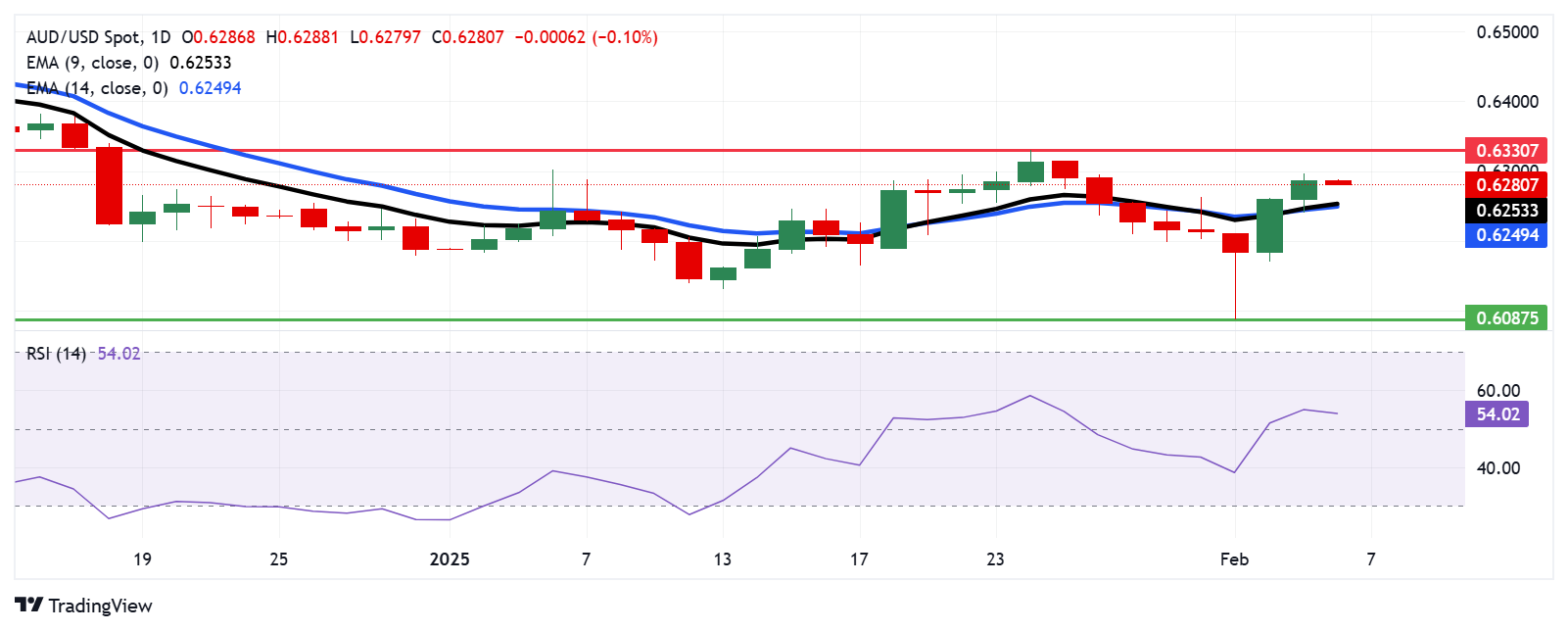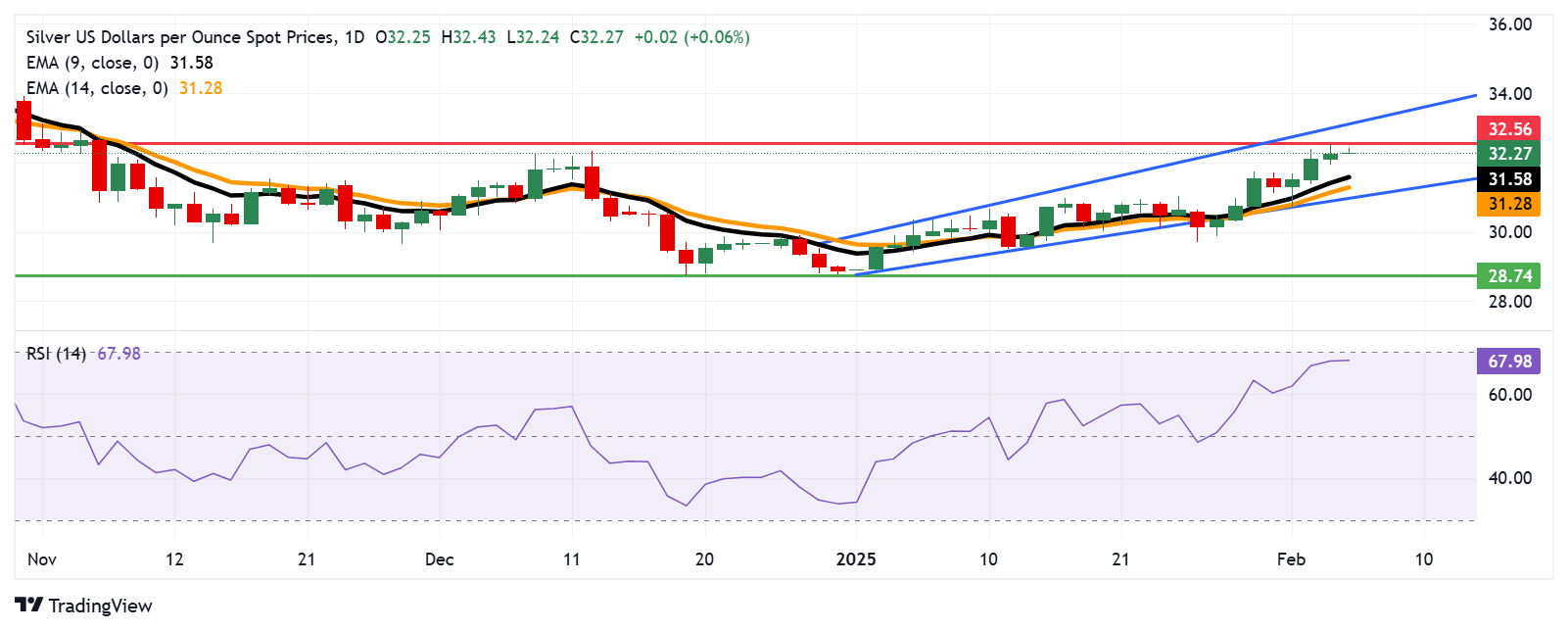EUR/USD stuck on familiar technical levels during midweek lull
- EUR/USD remains hampered by 1.0400 key handle on Wednesday.
- Overall market sentiment is keeping the Greenback underbid.
- European Retail Sales due Thursday, US NFP coming Friday.
EUR/USD dragged its feet on Wednesday, finding some topside bidding action as a broad-market recovery in risk appetite keeps bids behind the US Dollar under pressure. The Euro is struggling to find its feet after snapping a six-day losing streak, and EUR/USD remains hobbled by the 1.0400 handle.
US ADP Employment Change figures showed stronger-than-expected results in January, with a net increase of 183K in payrolls, surpassing the anticipated drop to 150K from December’s revised figure of 176K. Although ADP job figures are an unreliable predictor of US Nonfarm Payrolls (NFP) expected at the end of the week, the increase is boosting investor confidence that the US economy remains on solid ground.
Pan-European Retail Sales figures from December are due early Thursday. Median market forecasts expect an upswing to 1.9% YoY compared to the previous period’s 1.2%. However, December’s MoM figure is expected to swing lower to -0.1% from 0.1%.
This week, the most important data release will be the US Nonfarm Payrolls (NFP) jobs report on Friday. Investors anticipate a decrease in January’s NFP figure to 170K from December’s 256K. Traders will also monitor revisions from prior months closely. Those expecting rate cuts have grown increasingly frustrated with the persistent strength of the US economy, as labor statistics often receive upward revisions afterward.
EUR/USD price forecast
EUR/USD kicked off the midweek market session with a bullish tilt, but tepid price action saw the pair flub the 1.0450 level with the 50-day Exponential Moving Average (EMA) weighing on intraday bids from 1.0445. Momentum is drying up ahead of key data prints, though Fiber has managed to recover from the early week’s plunge toward the 1.0200 handle.




